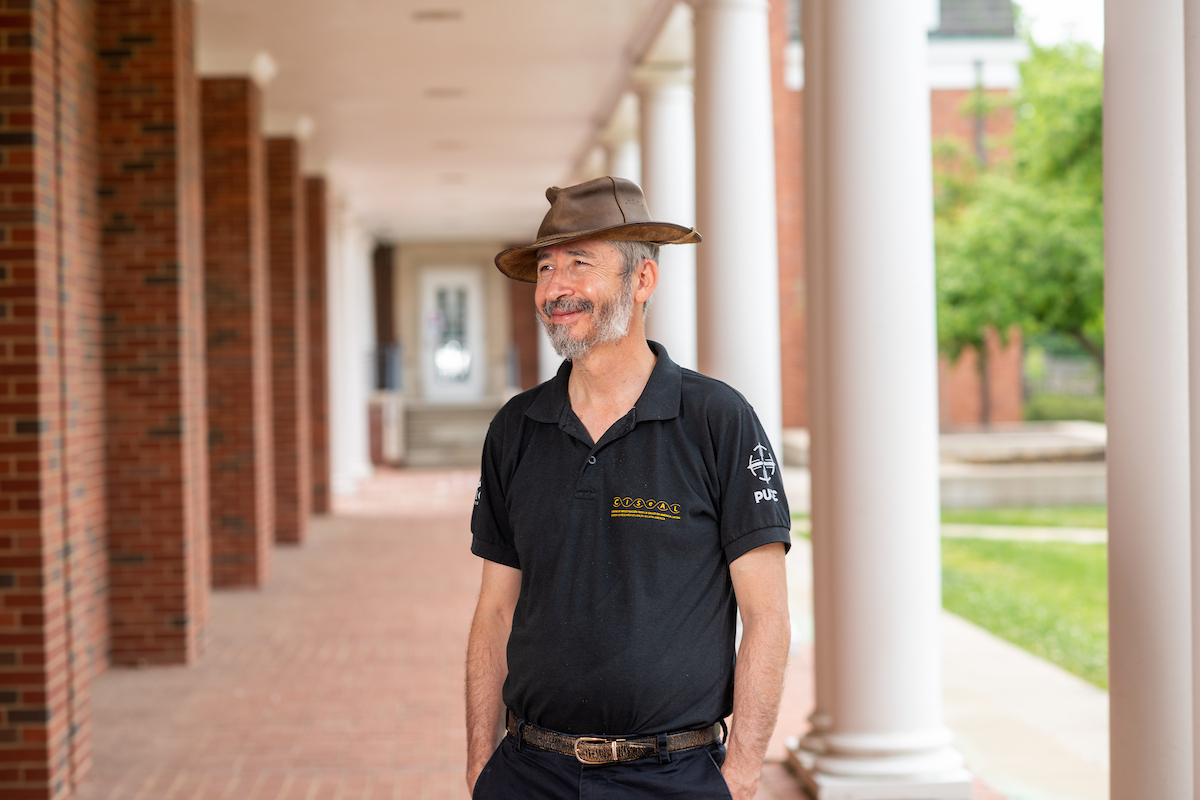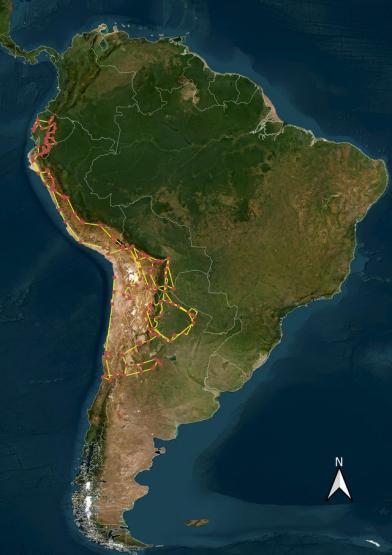
For more than three decades, Mario Grijalva has dedicated his career to understanding and alleviating the effects of Chagas disease, a parasitic illness that impacts an estimated 7 million people across the Americas. Though his work has traditionally taken place in research labs and rural communities, his latest effort has taken him far from the microscope and onto a motorcycle.

In late 2024 and into 2025, Grijalva, who is the director of the Infectious and Tropical Disease Institute and a professor of Microbiology in the Heritage College of Osteopathic Medicine, embarked on a solo journey through Ecuador, Peru, Bolivia, Chile and Argentina, covering roughly 18,000 miles by motorcycle. His goal was to visit areas where Chagas disease is endemic, interviewing experts, doctors, nurses, public health personnel and everyday people to understand what they knew about the disease, how they perceived it and what it meant to them.
His research of the disease has been expansive, evolving from basic scientific inquiry into exploring new ways to communicate about that research. This broader approach led him to examine many different aspects of Chagas disease and ultimately inspired this journey as a new way to communicate its impacts.
Chagas disease is an infection caused by the parasite Trypanosoma cruzi, most frequently transmitted via “kissing” bugs. According to the CDC, many people infected in the early phase either have mild symptoms or none at all, though fever, tiredness, body aches, headache, rash, loss of appetite, diarrhea, vomiting or eyelid swelling can occur. Over time, the disease may progress into a chronic stage in which 20%–30% of those infected develop serious complications such as heart arrhythmias, heart enlargement, heart failure or digestive-tract enlargement that interfere with eating or digestion.
But according to Grijalva, the problem extends beyond biomedicine.
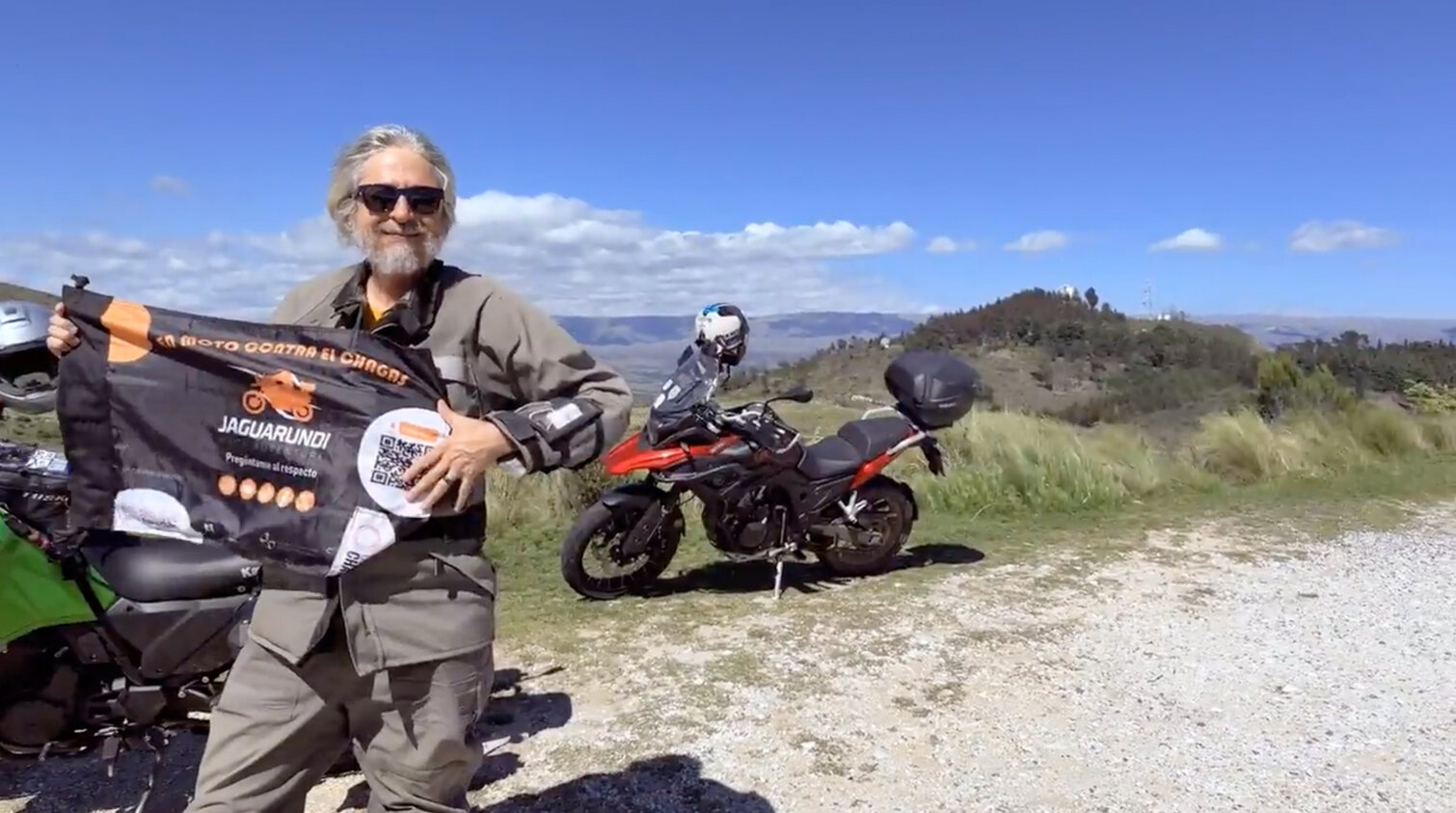
“It lies at the intersection of biology, culture, and socioeconomic realities,” he explained. “All of which combine to create conditions that heighten disease transmission. Because of its complexity and the many angles from which it can be studied, the disease is challenging to talk about. It cannot be addressed solely from a diagnostic or treatment perspective; it requires a comprehensive approach.”
This complexity is something Grijalva has seen repeatedly throughout his career. He has participated in international forums, including congresses with the European Union and events across the United States and Latin America, where he has witnessed how difficult it can be to reach the public and inspire interest in the issue.
Seeking new ways to communicate about this disease, Grijalva turned to storytelling after becoming aware of travelers who documented their global motorcycle adventures online. Many of these YouTubers attracted hundreds of thousands of views per video, not because their content was extreme, but because it was simple, relatable and rooted in genuine human encounters. Watching them sparked the idea that a similar narrative approach could help tell the story of Chagas disease.
That idea became the foundation for his project Riding Against Chagas. However, there was one obstacle: he wasn’t a motorcycle rider. Determined, he decided to learn, buying his first bike and enduring plenty of failed attempts before mastering long-distance travel.
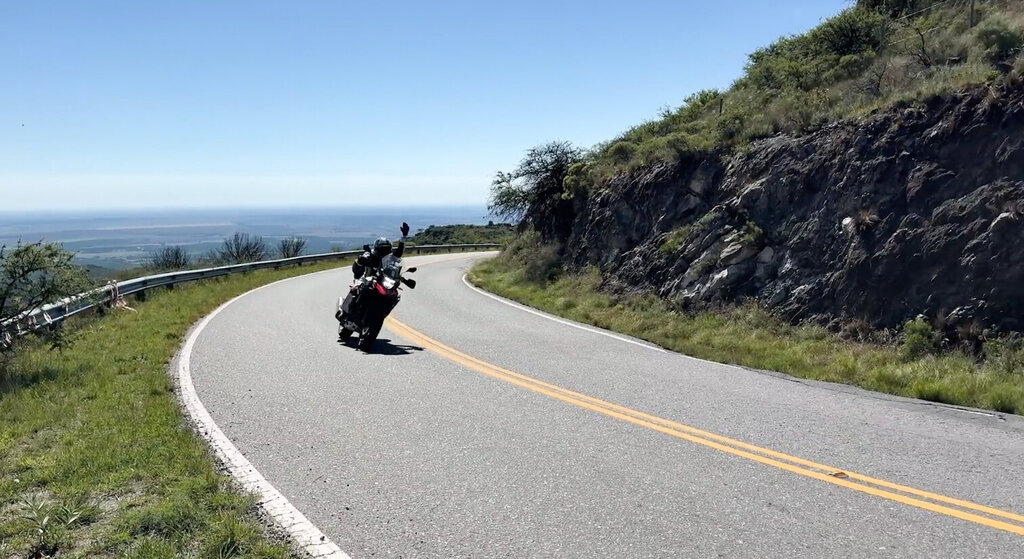
Grijalva on his motorcycle.
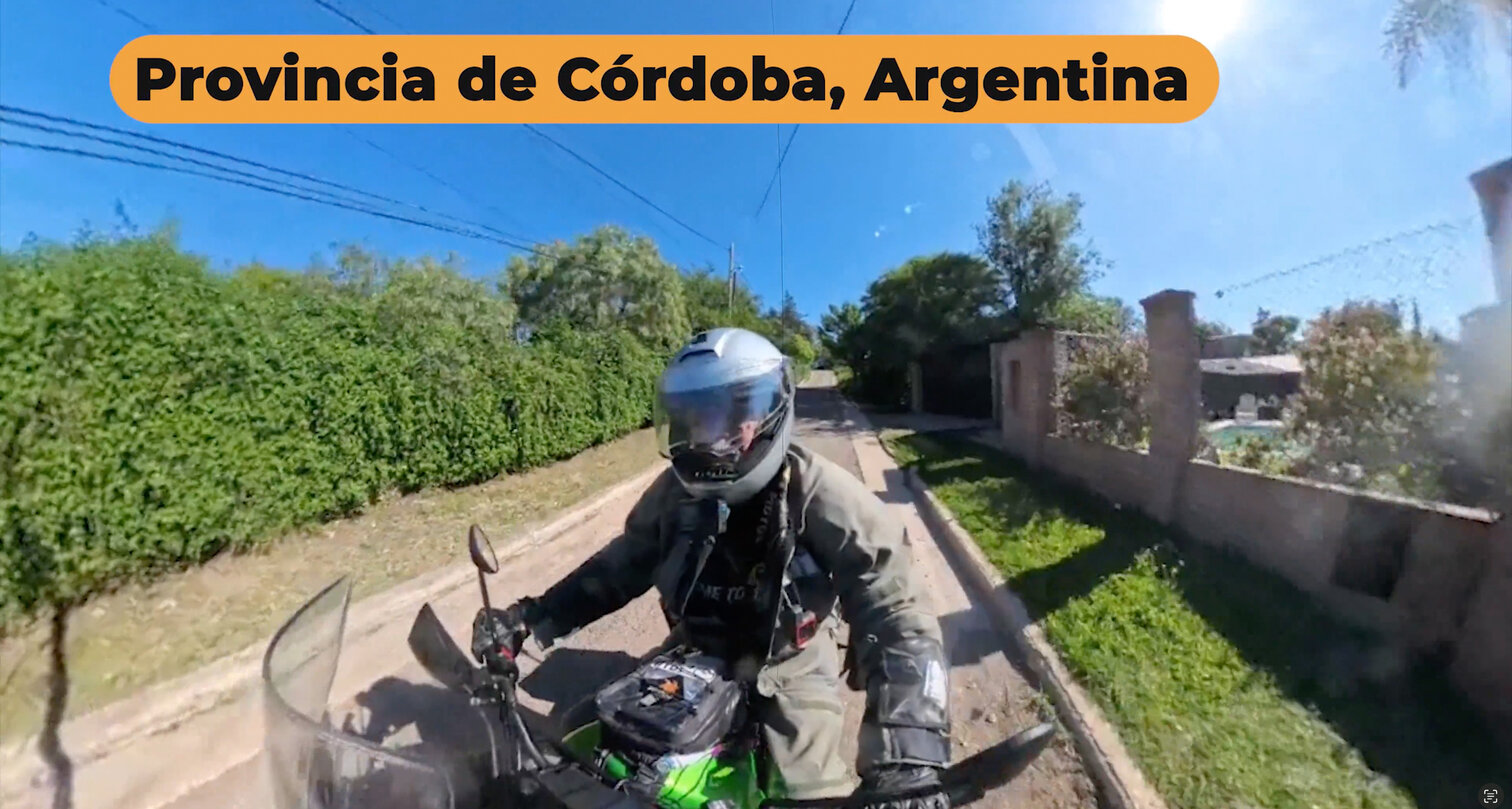
Screenshot from one of Grijalva's episodes.

Sierras Grandes in Cordoba, Argentina
As a biologist rather than a storyteller or visual communicator, Grijalva also had to learn how to craft compelling stories through multimedia. After purchasing a GoPro and experimenting with video editing, he created what became Season One of Riding Against Chagas: Ecuador’s Hidden Battle. This first season included 51 episodes documenting his personal and professional journey, from learning about the disease as a student to leading research at the Center for Research on Health in Latin America. The structure of that research center enabled his team to conduct the kinds of studies most needed in Ecuador. The series shared stories of Ohio University students who traveled to Ecuador to assist in research, as well as stories of local people affected by Chagas and explanations of key research findings directed to the general public.
Through this process, Grijalva learned many lessons, including that a motorcycle can be a powerful vehicle for connection. People were naturally curious and eager to talk.
“At nearly every gas station or coffee stop, someone would approach to ask where I was from, where I was going, and what I was doing,” Grijalva said. “These encounters confirmed what I had observed from other travel storytellers and inspired me to propose expanding Riding Against Chagas as a sabbatical project.”
As he traveled, what he found varied dramatically by region.
“Some people had never heard of Chagas, while others said they had it or knew someone who died from it,” he added. “These powerful, deeply personal stories revealed that Chagas disease is not just a matter of statistics, it’s about real people whose lives and communities have been impacted.”

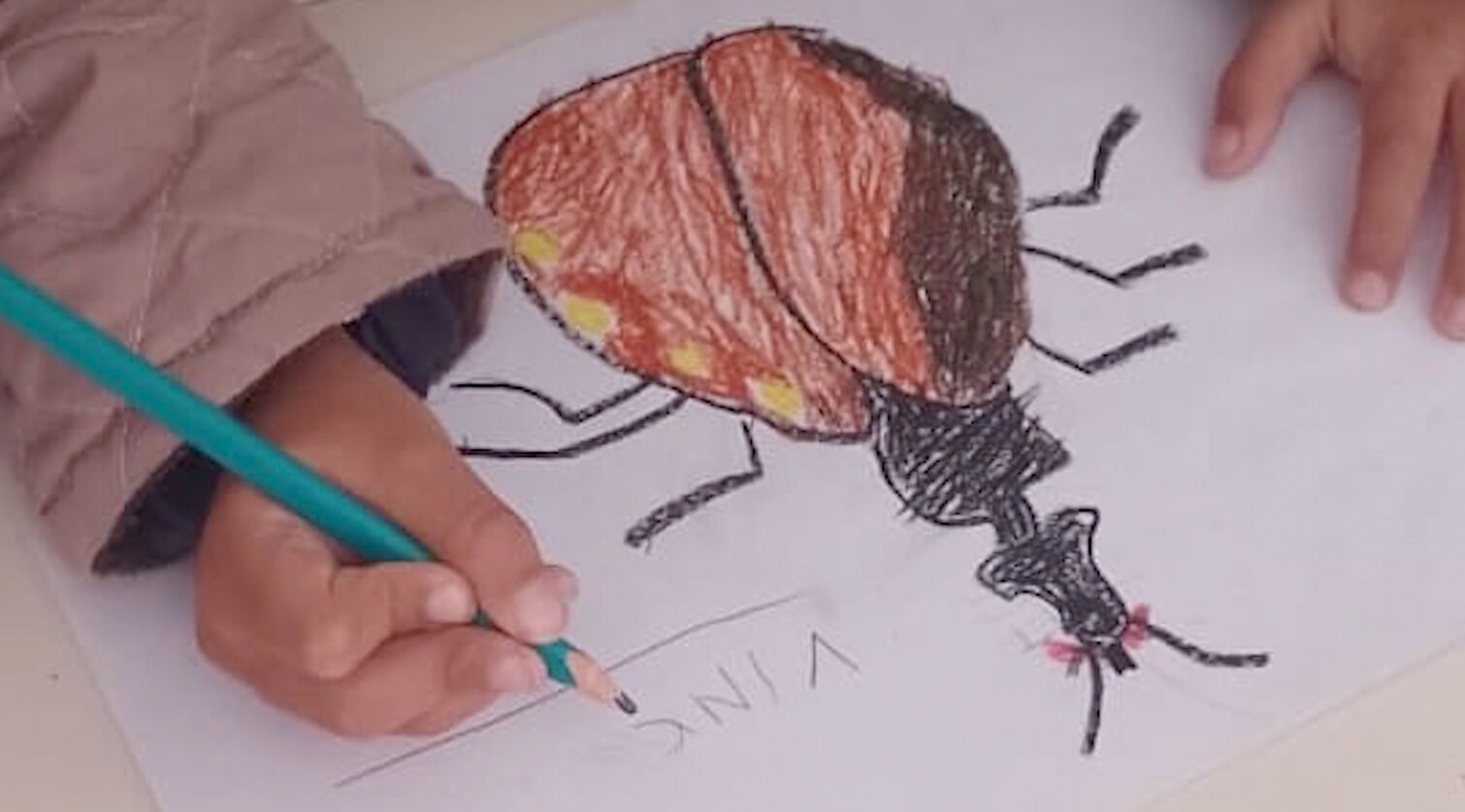
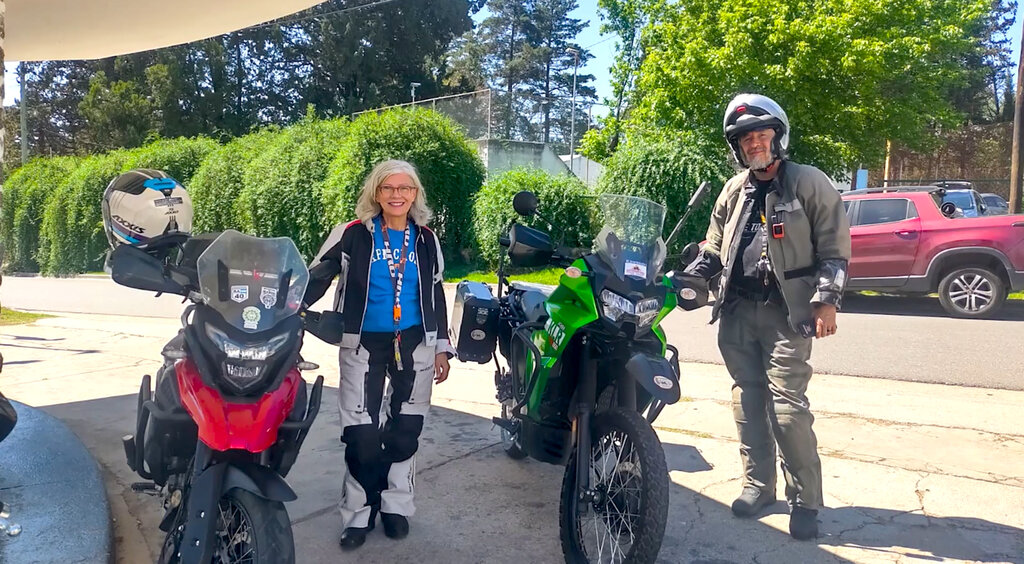
The journey itself was filled with challenges and adventures. Grijalva faced motorcycle breakdowns, crossed rivers, helped travelers and received help himself. He stayed in everything from modern hotels to places as inexpensive as $1.50 a night, experiencing both the modern world and the realities of remote, rural life. The experience was transformative, filling him with a sense of wonder and deep respect for the people working to combat the disease. It also reinforced his belief that those affected deserve to be heard and supported, both locally and globally.
Throughout the trip, he continued to publish weekly videos, doing all the editing himself with limited help. Because of the vast distances, Grijalva planned his itinerary based on local recommendations. He often arrived without a set schedule, connecting with locals through international contacts who directed him to communities in need of attention. Some places required only a night’s stay, while others became extended stops.
On YouTube, the sheer richness of the story made editing a constant challenge. Some days’ experiences became multiple episodes. Altogether, the series is planned to span seven seasons, following the exact chronology of the journey to help viewers experience it in real time.
Each season follows a distinct format. In Season 1, episodes ranged from five to eight minutes, while those in Season 2 average around ten minutes, sometimes extending to fifteen to allow for deeper storytelling. To complement the main episodes, Grijalva also records shorter “shorts” and “reels” for social media that capture behind-the-scenes moments and spontaneous encounters from the road. Each main episode is accompanied by several of these short clips to engage new audiences and increase visibility.
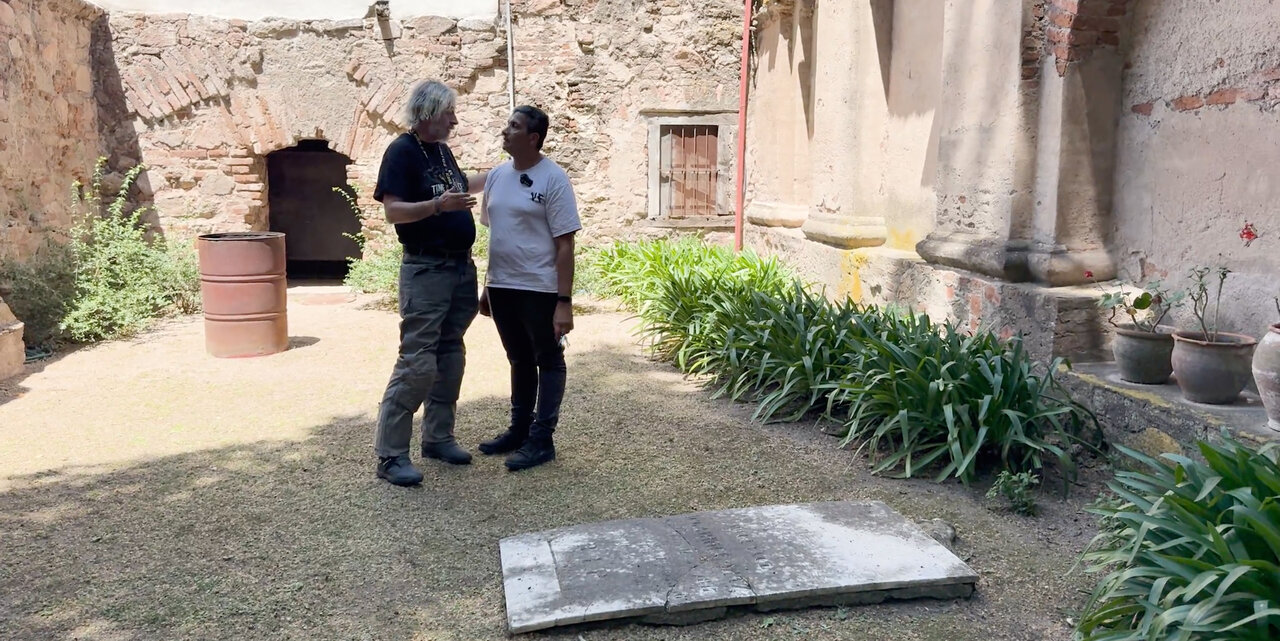
As of now, Riding Against Chagas has over 6,000 YouTube subscribers, over 900 Instagram followers, over 330 on Facebook, over 1,380 on TikTok, and 28 WhatsApp groups with 186 loyal followers. Despite the challenges faced, Grijalva believes the project has been entirely worth it.
Though he has visited five countries so far, he adds that there is still much of South America left to explore, especially Brazil, which holds a central place in the Chagas story.
“Brazil is both where the disease was first described and where some of the most successful yet challenging control efforts are ongoing, amid environmental and political pressures,” he explained.
This broader context has growing relevance in the United States as well. In recent years, discussions have shifted as awareness grows that Chagas is not just a “disease of others.” The parasite, its vector bugs, and human infections are all present in the U.S., though at lower rates than in Latin America.
“Chagas has always been present, the difference now is the growing awareness,” Grijalva said. “Yet when a disease spreads quietly, it can lose its sense of urgency. How we communicate about it is therefore crucial.”
Grijalva also explained that climate change complicates matters surrounding the disease, as insects like the Chagas vectors are highly adaptive. As ecosystems shift due to rising temperatures, shorter winters, or prolonged droughts, the bugs expand their range and alter their biology.
“This means they may move into new regions and feed on new hosts, whether an opossum, a bird, or a human infant, creating new risks,” he explained.
Looking ahead, Grijalva hopes to expand Riding Against Chagas to include Brazil, Central America, Mexico and the United States.
“I hope to continue to broaden the series, sharing the ongoing and evolving story of Chagas disease and the people whose lives it continues to affect,” Grijalva added.
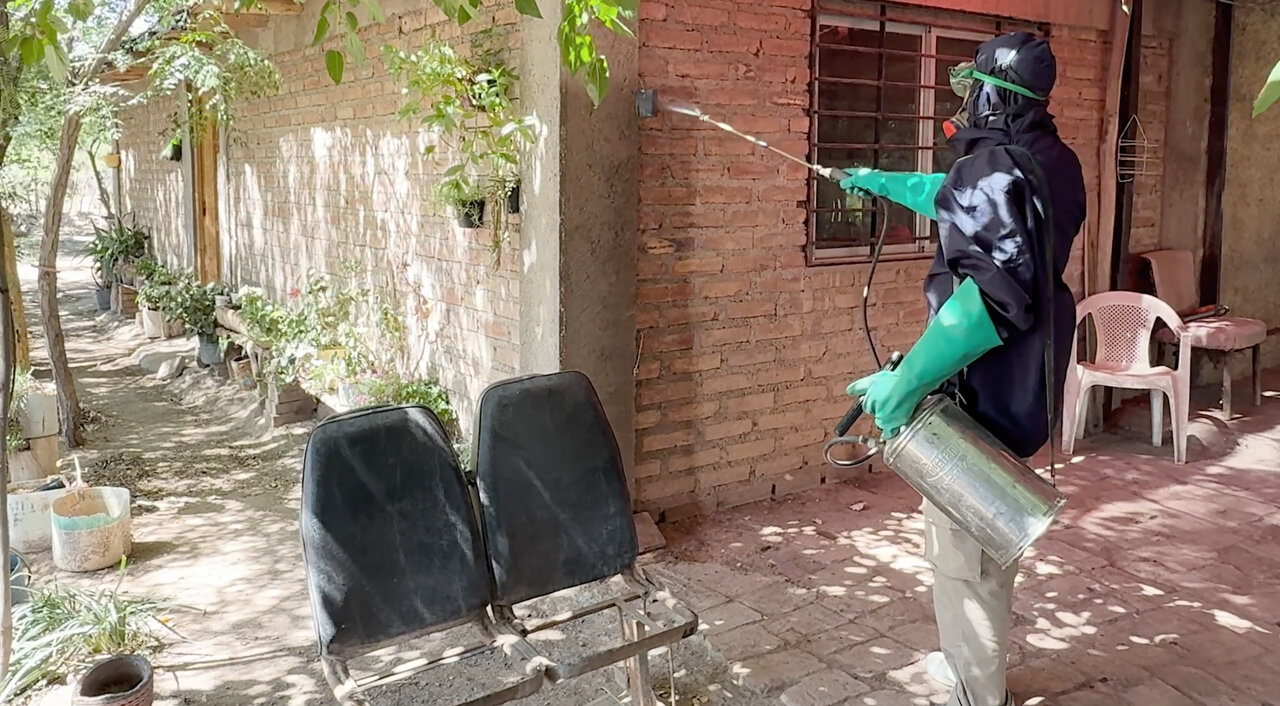
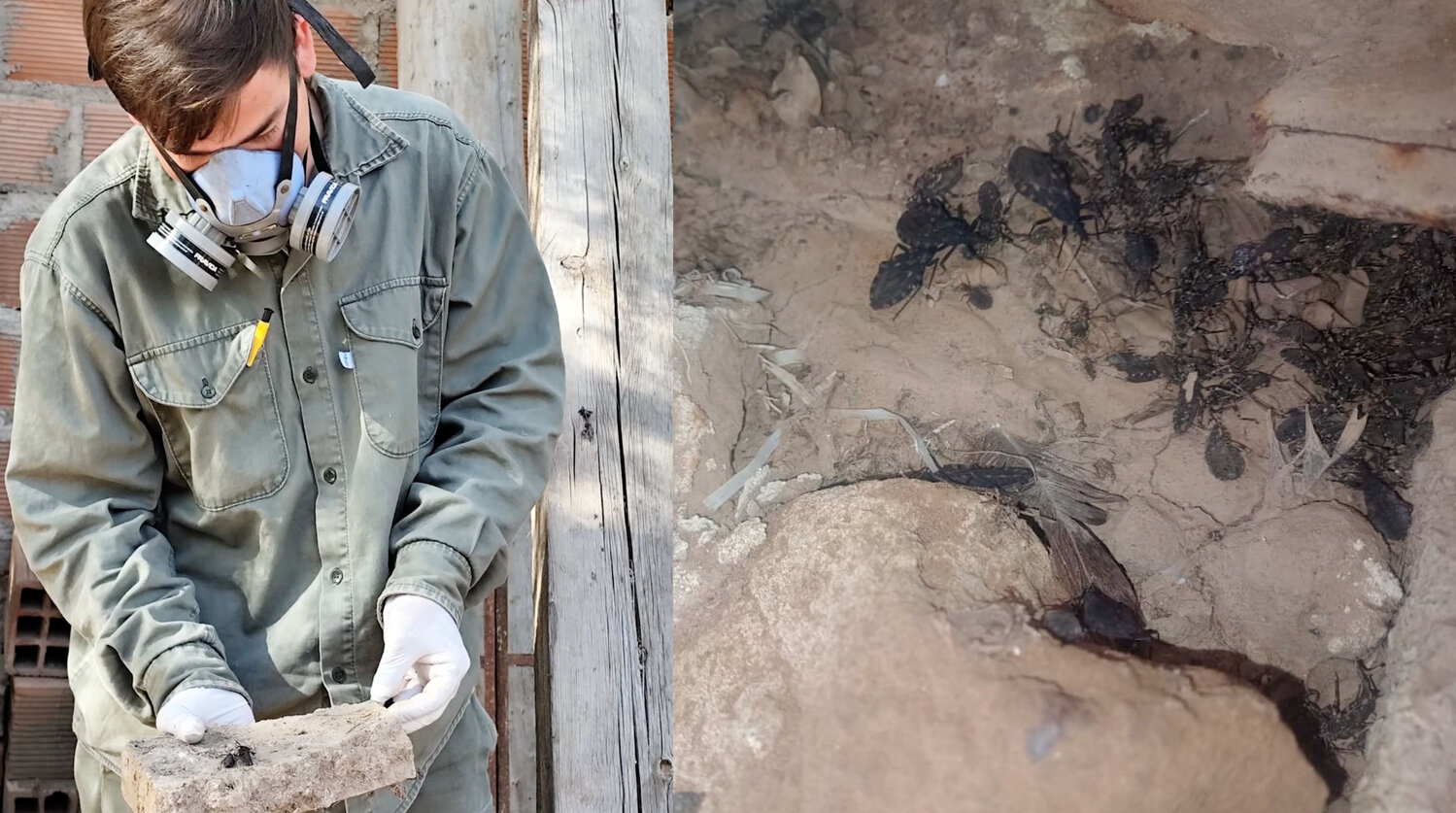
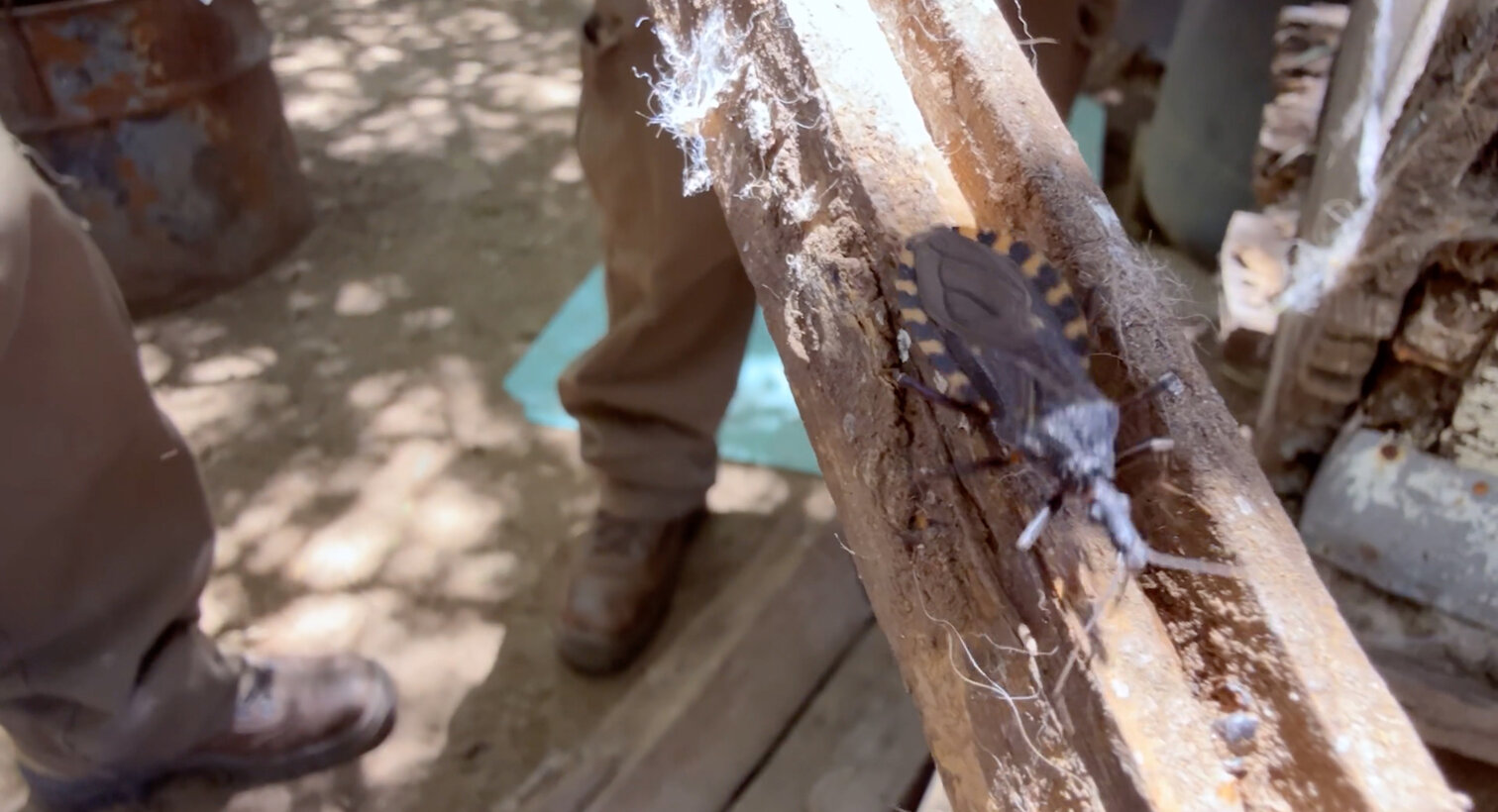
The "kissing" bug
Grijalva also recently learned he has been awarded a new grant from the Ministry of Health of Brazil that will send him to the Amazon region of Brazil for three months in the summer of 2026 to help expand education and research on improving quality of life for communities affected by Chagas disease.

